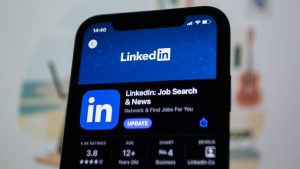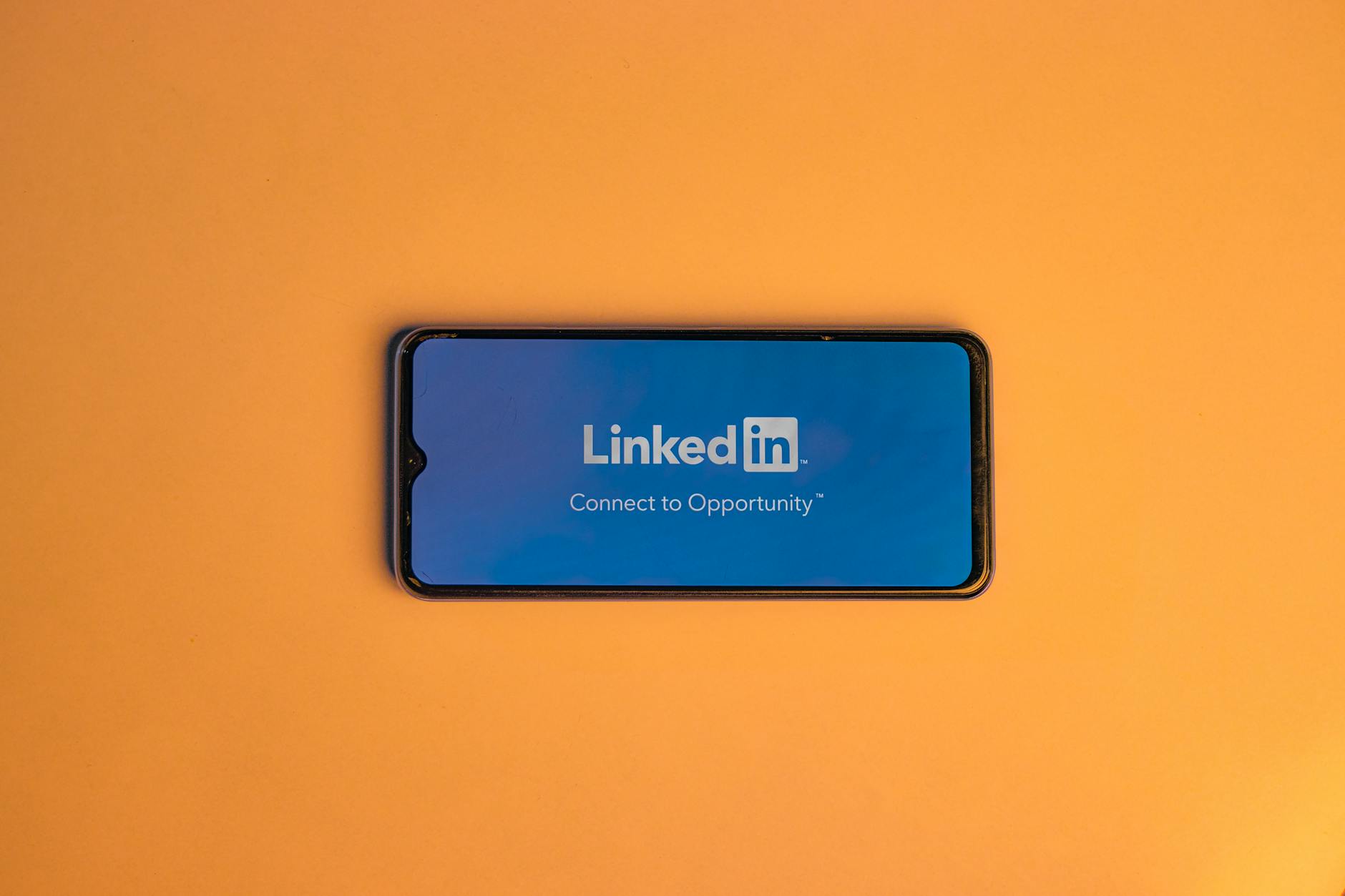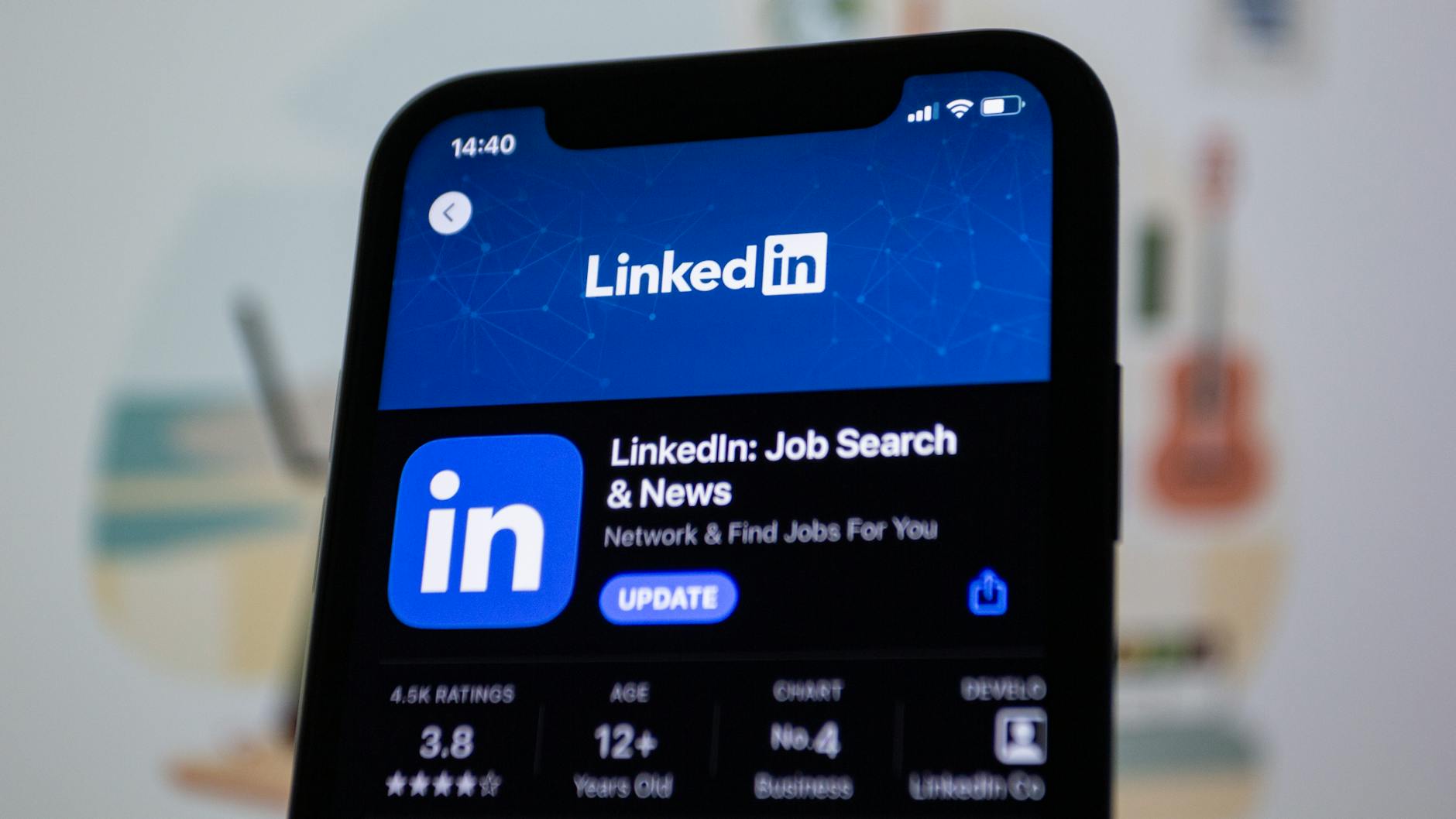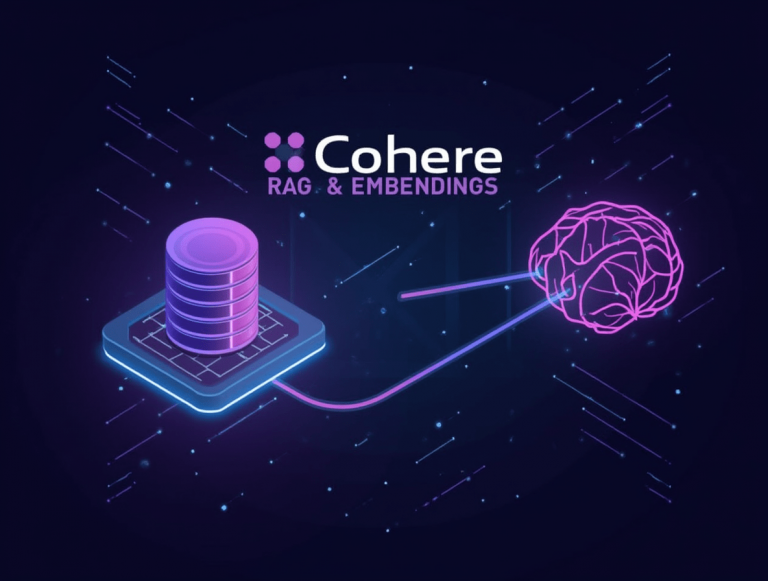
ChatGPT is a powerful tool that’s making waves in various industries. From content creation to customer support, it’s revolutionizing the way we work. However, like any technology, it has its limitations. In this article, we’ll discuss the key limitations of ChatGPT and what you need to know before using it for your business or personal needs in 2025.
Why Understanding ChatGPT’s Limitations Matters
Before diving into using ChatGPT, it’s essential to understand its limitations. Knowing where it excels and where it falls short can help you use it more effectively. ChatGPT is not a perfect solution for all tasks, and in some cases, it may need human intervention to produce the best results.
By understanding these limitations, you can set realistic expectations, avoid misuse, and find ways to complement its strengths.
Key Limitations of ChatGPT
1. Limited Knowledge Cutoff
ChatGPT’s knowledge is based on the data it was trained on, which includes a vast amount of information up until a certain point in time. For example, the model’s knowledge cutoff date is 2021, meaning it does not have access to information, news, or trends that occurred after that time.
- What this means: If you rely on ChatGPT for up-to-date information or recent developments, you may not get the most accurate or current data. For instance, it won’t know about events or technologies that emerged after its training.
2. Lack of Deep Context Understanding
While ChatGPT is great at understanding and generating text, it can struggle with understanding deep context or complex human emotions. It can misunderstand nuance, sarcasm, or irony, and may offer generic responses to sensitive topics.
- What this means: ChatGPT may not always offer the emotional intelligence or context-sensitive answers that a human would. It’s important to review its responses, especially when dealing with sensitive or complex issues.
3. Repetitive or Incoherent Responses
In certain situations, ChatGPT may produce repetitive, incoherent, or irrelevant answers. This is especially true for more abstract queries or when the model lacks sufficient context to generate a precise response.
- What this means: While ChatGPT is usually accurate, it can struggle to maintain coherence in long or complex conversations. Repetition can occur when it generates multiple responses based on similar patterns, which can lead to inconsistencies.
4. Inability to Access Real-Time Data
ChatGPT does not have the ability to access real-time data from the internet. It cannot search the web, check for recent developments, or interact with live databases to provide up-to-the-minute information.
- What this means: If your query requires live updates or real-time information, such as news reports or stock market updates, ChatGPT will not be able to provide accurate answers. You will need to look for alternative sources to fill this gap.
5. Lack of Specialized Knowledge
While ChatGPT is trained on vast amounts of data, it lacks the specialized knowledge that experts in certain fields may possess. If you need highly technical, medical, or legal information, ChatGPT may not be the best source for such details.
- What this means: ChatGPT’s responses can be useful for general information but may not be reliable for highly specialized or niche topics. In those cases, consulting a human expert or a trusted specialized source is recommended.
6. Bias in Responses
AI models like ChatGPT are trained on data collected from the internet, and as such, they can inherit biases present in the data. This can lead to unintentional bias in responses, especially regarding sensitive topics like gender, race, or politics.
- What this means: ChatGPT’s responses may not always be neutral or free from bias. Businesses and individuals should be mindful of this limitation, especially when using it for tasks that require fairness, accuracy, and inclusivity.
7. Lack of Personalization
ChatGPT, while impressive in many ways, doesn’t have the capability to remember past interactions across sessions unless explicitly programmed to do so. It can’t recall personal preferences or past conversations to offer personalized recommendations.
- What this means: If you’re looking for a truly personalized experience, you may need to use other tools that can track and remember interactions. ChatGPT doesn’t have long-term memory across conversations, limiting its ability to offer a personalized touch without additional support.
How to Overcome These Limitations
While ChatGPT has limitations, there are several ways to mitigate these drawbacks:
1. Supplement with Other Tools
For real-time information, specialized knowledge, or recent events, consider using other tools alongside ChatGPT. For example, you can integrate ChatGPT with a news API or a specialized database to get up-to-date information.
2. Human Oversight
For sensitive topics or tasks requiring deep context, it’s best to have a human review and refine ChatGPT’s responses. This ensures the final output is more accurate, contextually appropriate, and free from bias.
3. Provide Clear Instructions
To avoid incoherence or irrelevant responses, ensure you provide clear and concise instructions when interacting with ChatGPT. The more specific your query, the more likely ChatGPT is to generate a useful response.
4. Use ChatGPT for General Tasks
Consider using ChatGPT for general tasks such as drafting content, brainstorming ideas, or providing basic customer support. For more specialized work, it’s better to rely on experts in the field.
Benefits Despite the Limitations
Despite its limitations, ChatGPT still offers significant benefits to businesses and individuals. Its ability to automate tasks, generate content, and assist with customer service can dramatically increase productivity and efficiency.
Best Practices for Using ChatGPT Effectively
- Set Clear Expectations: Understand that ChatGPT is a tool with specific strengths and weaknesses. Set realistic expectations for what it can and cannot do.
- Monitor Responses: Always monitor the outputs and ensure they align with your expectations. This is especially true for content creation and customer service applications.
- Combine with Human Input: Use ChatGPT for routine tasks and pair it with human input for tasks requiring nuance, deep understanding, or specialized knowledge.
External Recommendations
For further reading on the limitations and best practices of using AI models like ChatGPT, check out these valuable resources:
Conclusion
ChatGPT is an amazing tool with vast potential, but it’s important to recognize its limitations. By understanding where it excels and where it falls short, you can use it effectively to improve your business operations, content creation, and customer interactions. Always combine its strengths with human oversight to ensure optimal results.
















